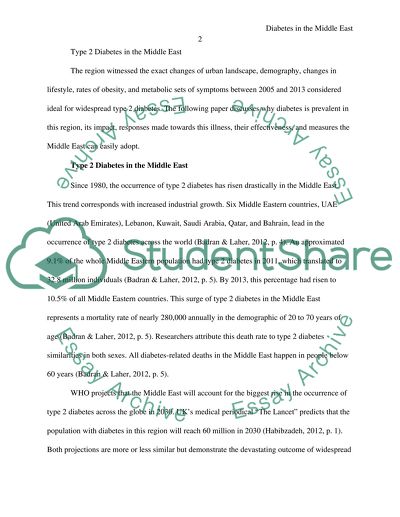Cite this document
(“Type 2 Diabetes In The Middle East Essay Example | Topics and Well Written Essays - 1250 words”, n.d.)
Type 2 Diabetes In The Middle East Essay Example | Topics and Well Written Essays - 1250 words. Retrieved from https://studentshare.org/english/1671087-type-2-diabetes-in-the-middle-east
Type 2 Diabetes In The Middle East Essay Example | Topics and Well Written Essays - 1250 words. Retrieved from https://studentshare.org/english/1671087-type-2-diabetes-in-the-middle-east
(Type 2 Diabetes In The Middle East Essay Example | Topics and Well Written Essays - 1250 Words)
Type 2 Diabetes In The Middle East Essay Example | Topics and Well Written Essays - 1250 Words. https://studentshare.org/english/1671087-type-2-diabetes-in-the-middle-east.
Type 2 Diabetes In The Middle East Essay Example | Topics and Well Written Essays - 1250 Words. https://studentshare.org/english/1671087-type-2-diabetes-in-the-middle-east.
“Type 2 Diabetes In The Middle East Essay Example | Topics and Well Written Essays - 1250 Words”, n.d. https://studentshare.org/english/1671087-type-2-diabetes-in-the-middle-east.


